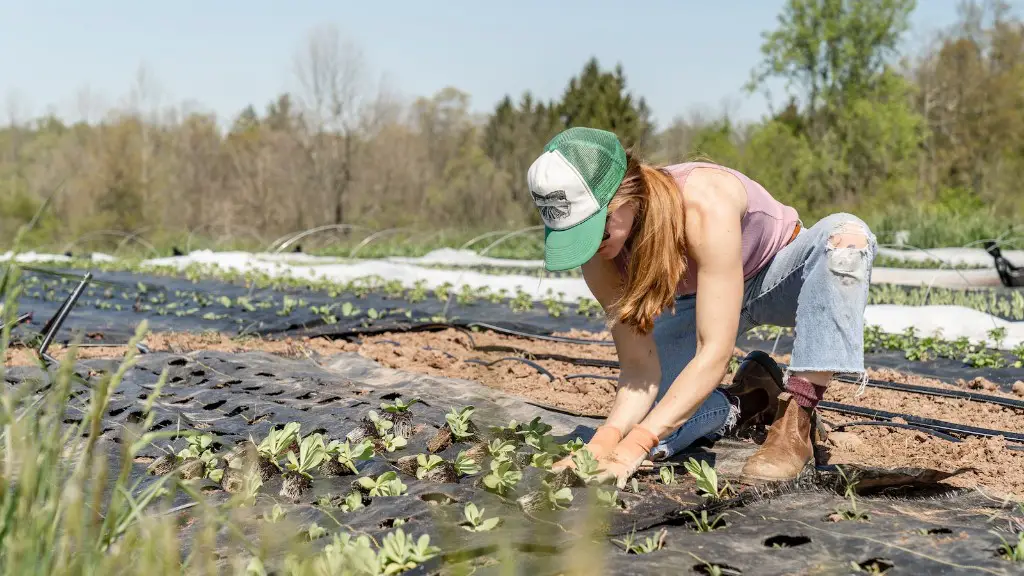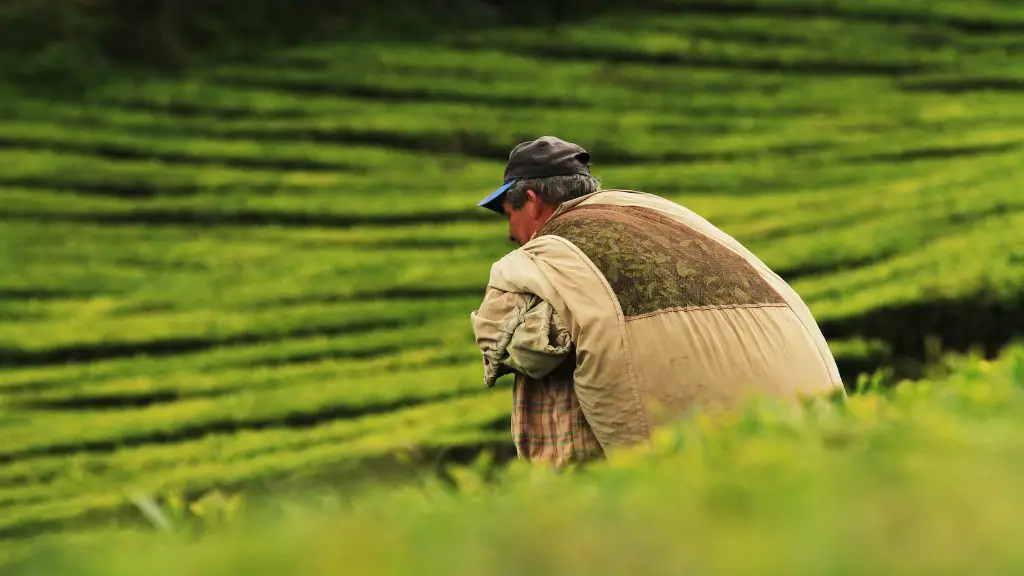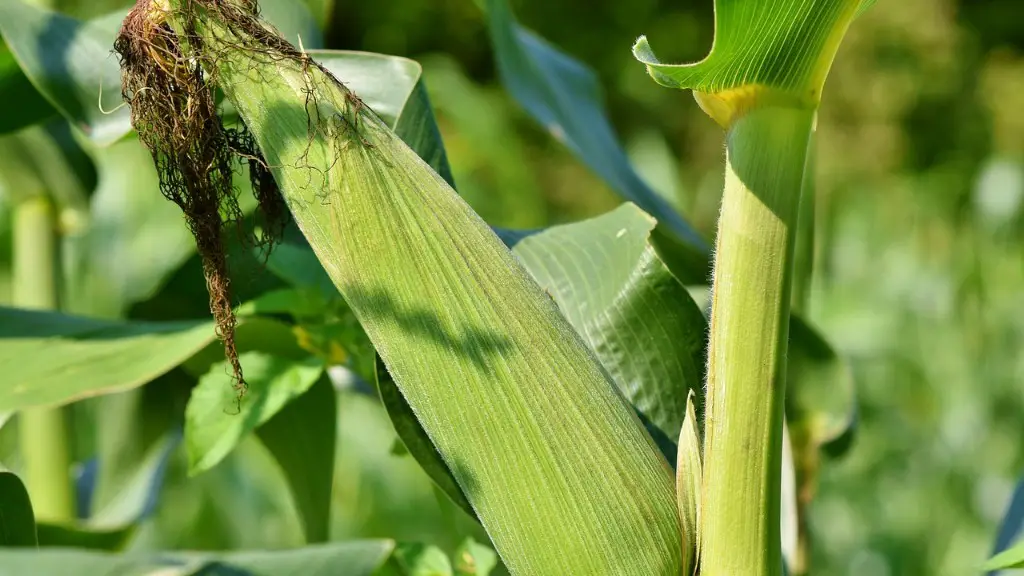Shading in agriculture is used to reduce the intensity of solar radiation and protect crops from strong wind and heat. It’s a way of controlling environmental conditions and providing cooling of the crop canopy. This is an increasingly important aspect of agricultural production in many areas of the world due to the rising global temperature. Several strategies can be implemented in order to create a shading solution for any crop, such as natural covers, artificial covers, and mixed covers. Natural covers provide the best protection, but it tends to be labour-intensive and expensive to maintain. Artificial covers are easier to install and provide adequate protection but can be expensive. Mixed covers containing both natural and artificial components are becoming increasingly popular as they provide a good balance between cost and protection.
The most effective strategy for shading in agriculture is mulching. Mulching involves covering the soil surface with a layer of organic material. This layer of organic material absorbs light, reduces wind velocity, and increases soil humidity, thus creating a cool atmosphere for the crop. Additionally, mulching with organic material also enhances the soil structure and fertility, making it more conducive to plant growth. This method has been widely used in areas of high sunlight exposure and is an effective way to combat the harsh affects of direct sunlight.
Shading is also used in order to conserve water in areas that are prone to drought. By reducing the amount of light that reaches the plants, shading also reduces evaporation from the soil. This in turn leads to a decrease in water consumption as less water is lost to the atmosphere, thus making it more available to the plants. This method of shading is especially important in areas where water is scarce and must be conserved.
Another application of shading in agriculture is the use of shading agent. A shading agent is a substance that can be added to the soil in order to reduce the amount of radiation it can absorb. Examples of commonly used shading agents are kaolin, titanium dioxide, and gypsum. These substances can be used to shield crops from intense UV radiation, thus preventing damage to the plant and increasing its productivity.
Shading can also be used to modify the spectrum of light that reaches the plant. By selectively blocking out certain wavelengths of light, it is possible to target certain photoreceptors in the plant, making it more sensitive or resistant to certain types of light. This can be an effective way of controlling the growth rate of a crop and ensuring adequate levels of nutrition.
Finally, shading can be used to support pollinators like bees and butterflies. By providing shade for these beneficial insects, it can help increase their populations, thus increasing crop yields through pollination. This type of shading is especially important in areas with few natural habitats for pollinators.
Advantages of Shading
Shading has many benefits to crop production. By protecting the plants from strong radiation and wind, it can allow the plants to reach their maximum growth potential while reducing plant stress. Additionally, as shading can reduce water loss, it can be an effective tool for conserving irrigation resources. And, by modifying the light spectrum, crop yields can be improved to ensure an adequate supply of nutrition. Finally, with the right kind of shading, it is possible to provide an ideal environment for beneficial insects, thus improving pollination and increasing crop yields.
Methods of Implementing Shading
There are several methods for implementing shading solutions in agriculture. Natural covers, such as trees and hedges, provide the best form of protection, but maintenance may be labour-intensive and expensive. Artificial covers, such as shade cloth, provide adequate protection and can be easier to install. Finally, mulching with organic material is an effective way to reduce the intensity of light and create a cool atmosphere around the crop.
Limitations of Shading
Shading does not always provide complete protection from intense sunlight and wind. Additionally, the cost and complexity of artificial shading solutions can be a major obstacle for farmers in many areas of the world. Furthermore, shading may impact the distribution of essential nutrients within the soil and can affect the growth rate of the crop.
Conclusion on the Role of Shading in Agriculture
Shading is an important part of sustainable agricultural practices and can be used to reduce the intensity of direct light, conserving water, and providing protection for beneficial insects. Different approaches must be taken in order to ensure the most effective and affordable shading solution for any given crop. When used correctly, shading can help ensure higher crop yields with reduced environmental impact.


